
By David Farkas, LeicaStore Miami
Staying in the same hotel
as the Chairman of the Board of Leica during Photokina has its benefits. After
the Leica joint press event prior to the show opening, I was sitting in my
hotel lobby and chatting on the phone with colleagues back home, discussing the
news of the L-Mount Alliance and what it might mean for Leica and its partners.
At that point we still didn’t understand the full scope of the Alliance or how
it would impact Leica and Leica users.
I glanced up and saw Dr.
Kaufmann approaching. I waved. He waved back. As he got closer, he called out,
“Ah. Mr. Farkas. How are you?”
“I’m going to have call
you back,” I muttered to my colleague and quickly hung up my phone.
“How did you like the
event?” Dr. Kaufmann asked.
I told him how impressed I
was with the showing earlier that morning, then added, “I do wonder about the
new L-Mount Alliance though. Is it good for Leica?”
“Yes, absolutely. You will
see how great this is for Leica. We’re very excited about the new alliance and
what it could mean for the company.”
I asked if he might have
some time to sit down and talk during the show, but, of course, his schedule
was quite full. After a brief pause, he added, “How about breakfast? Thursday?
Say, 9:30?”
And I did what anyone
might in the same position. I accepted graciously and enthusiastically,
figuring I could easily shift around whatever else I might have had planned
already. It’s not every day that you get invited to a private breakfast meeting
with someone as in demand as Dr. Kaufmann.
—–
Thursday, 9:30 am –
Breakfast
As Kaufmann sits down, he
removes his suit jacket, revealing his usual Leica style: Silver red dot Leica
cufflinks (I was wearing the same, incidentally) and Leica L2 chronograph with
red face. He checks his watch, then winds it. “It’s still a prototype, not
perfect yet.” He laughs. “That’s why we make prototypes, after all.”
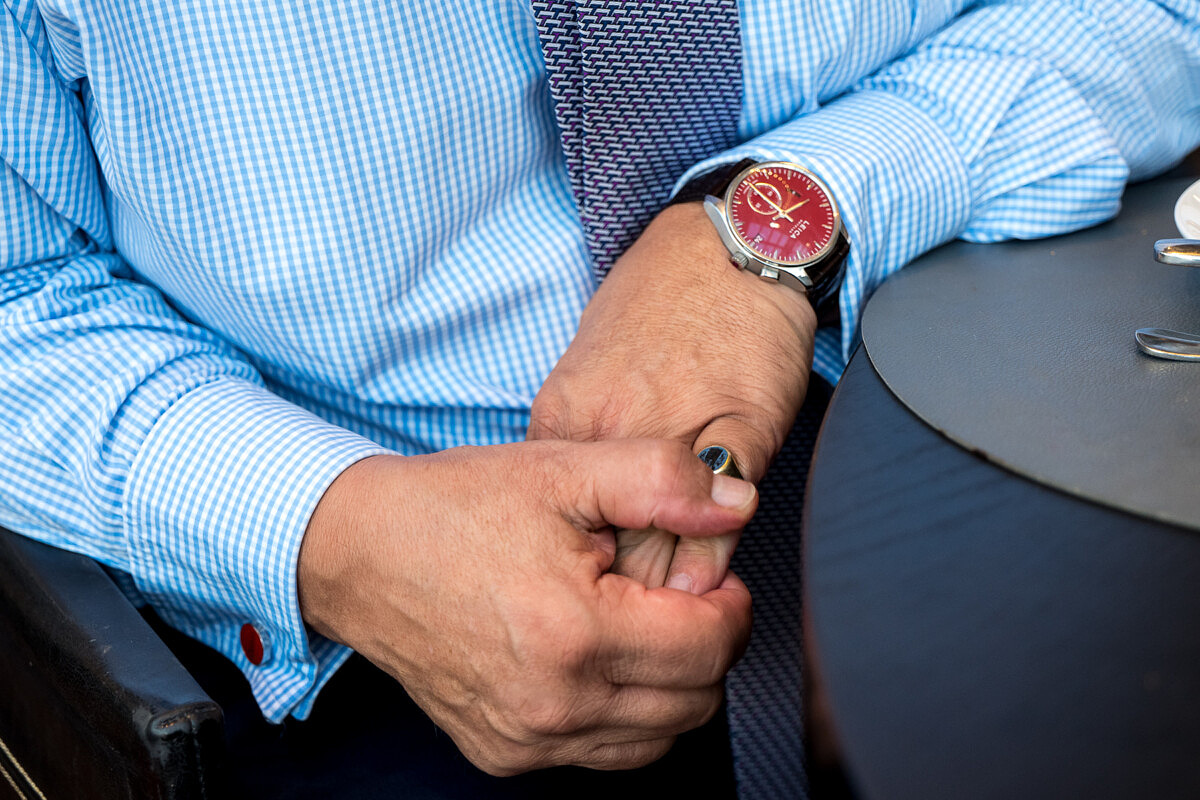
Taking a cue from the
watch joke, and appreciating just how busy he is, I decide to ease into our
meeting, before delving into the L-mount alliance and other topics.
—-
DF: How is Leitzpark
working out?
AK: You were at the
Leitzpark 3 opening in June, weren’t you?
Yes. Everything looked
great. Is the campus fully complete?
Leitzpark 3 is still
ongoing. We are working on setting up the Museum still. Of course everything
takes much longer than you expect. Should be opening this coming summer with an
exhibition, but we are still working out the details and deciding what that exhibit
will look like.
[Editorial note: The first
exhibit at the Ernst Leitz Museum, ‘Dr. Paul Wolff & Tritschler. Light and
Shadow – Photographs from 1920 to 1950’ opened on June 28, 2019. Right on
schedule. You can read more about it here.]

The first Leitz Café
outside of Wetzlar opened just a few weeks ago in Bangkok, and there is
interest in opening up a few more Leitz Hotels in Japan, so maybe we have
something with the Leitz brand. (Laughs)
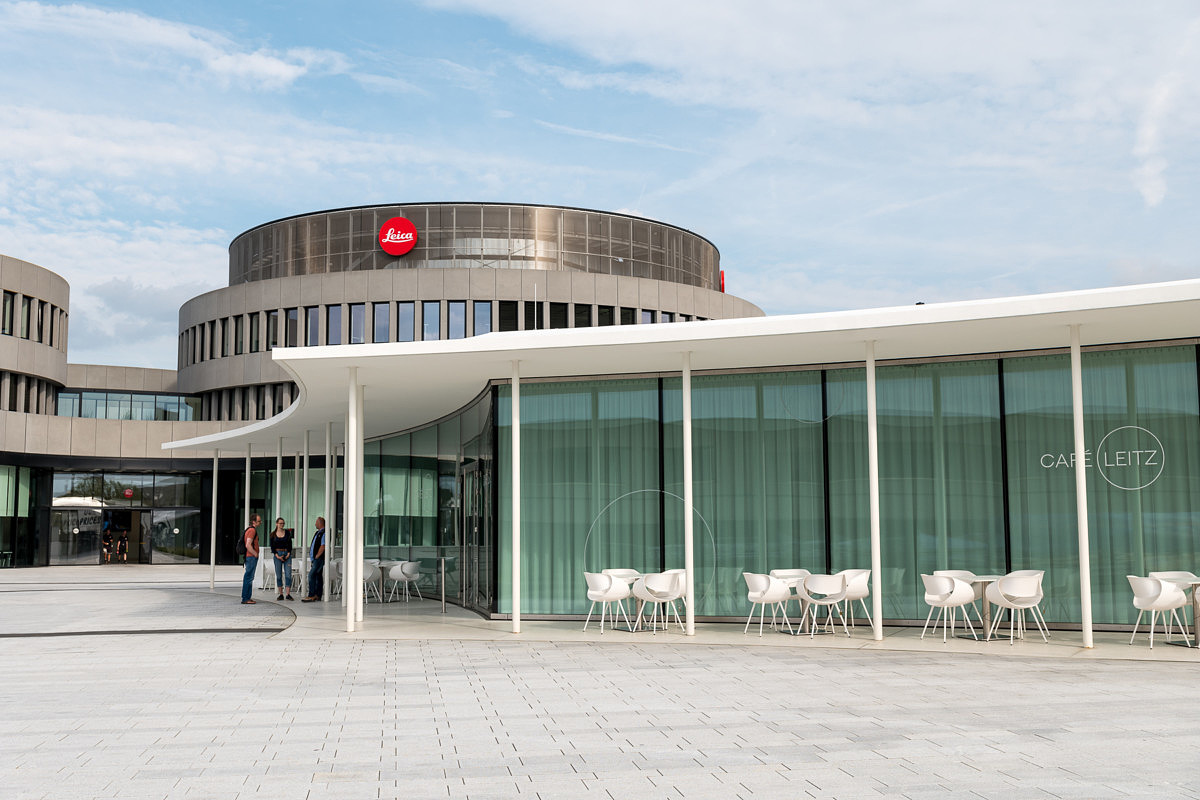
And we still look forward
to Leitzpark 4, which will focus more on education and community building.
Can you tell me a bit
about the L-mount alliance? How will this work for Leica?
As you saw from the pressconference, the L-Mount Alliance is built around the Leica L-Mount, which we
developed for mirrorless starting around 2010. We feel that this pushes Leica
onto a global stage as these industry-leading companies chose to build around
our mount technology.
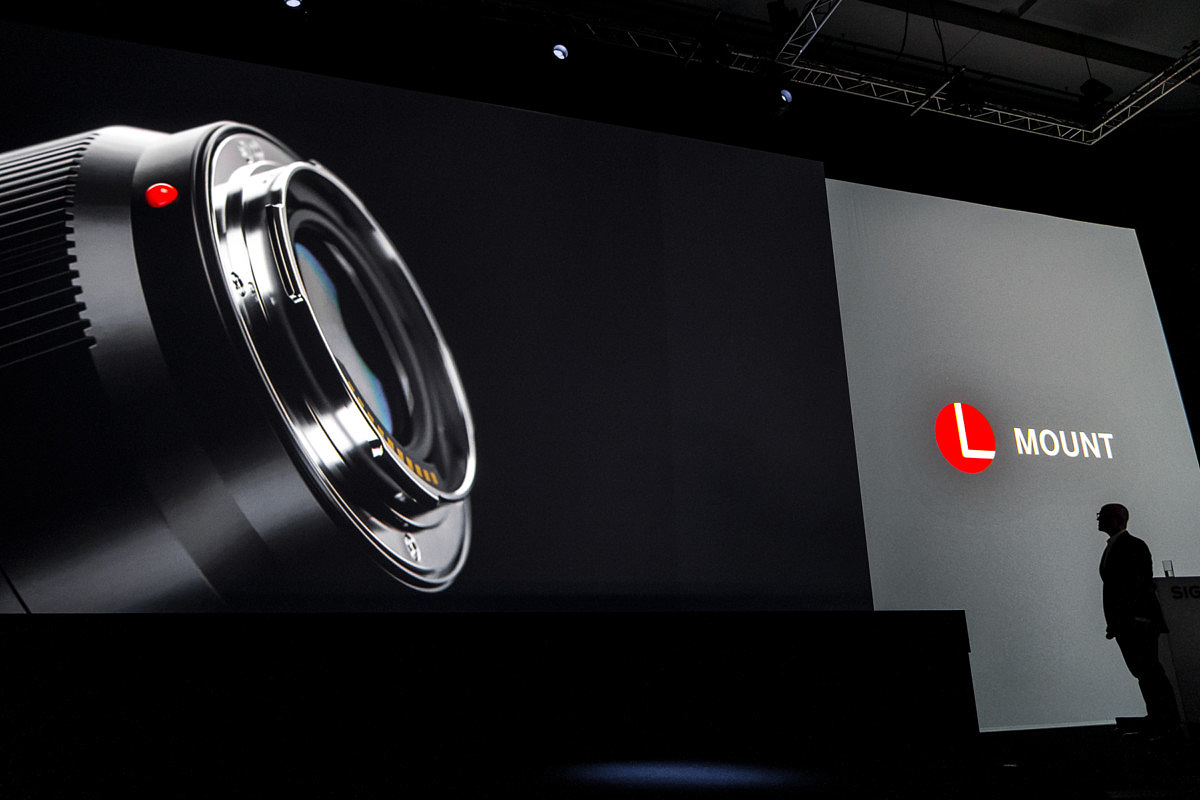
So, you feel that the
Alliance is beneficial for Leica?
Yes. Absolutely.
And the other alliance
members?
Naturally, they hope to
benefit as well. We feel this is good for all involved.
Will certain aspects of
the L-mount remain proprietary to Leica?
No. We share the technical
specifications of the L-mount and everything that comes with it.
How did the Alliance come
about?
Panasonic has been a
long-time partner and approached us about using the L-mount for their full
frame system. How the alliance would be organized was our concept.
Are you concerned about
Sigma and Panasonic being partners in the Alliance but also competitors?
Of course, we’re still
competitors who each make their own products and it is up to each company to
implement the technology. But we see this alliance as unique in the camera
world. Such an alliance is not heard of. But the mount is at the heart of the
camera. And this is Leica technology.
Another example of this
would be Sony. So, Sony is the biggest sensor manufacturer, but they also make
cameras which compete with their industry customers who buy their sensors. Two
separate hands. Different businesses.
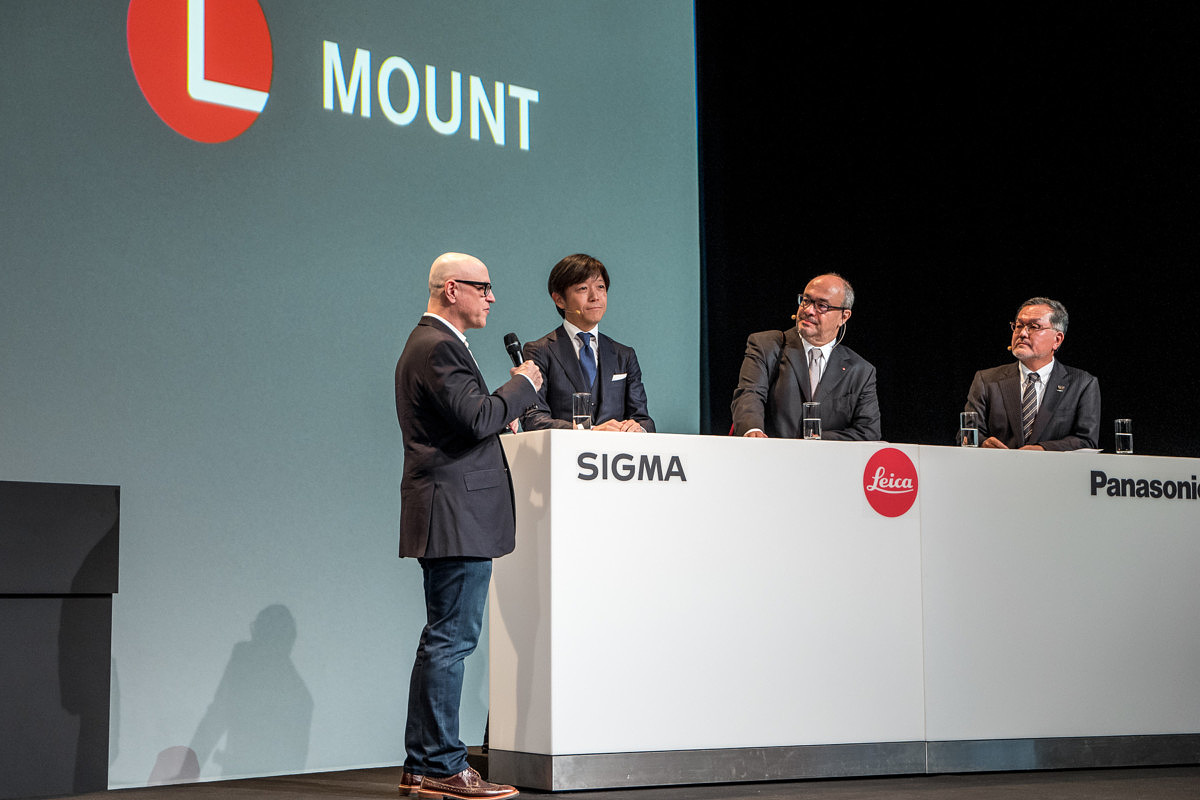
So, you aren’t worried
that your alliance partners are going to directly compete with the SL?
Sigma will offer a camera
with a Foveon sensor with L mount, yes. Panasonic is already showing off their
first cameras. But these aren’t necessarily for the Leica customer.
Have you seen the new
Panasonic S1? I counted 21 buttons. Leica design philosophy is quite different.
We are focused on just the essential elements of photography. Aperture,
shutter, ISO. Additional options can be addressed in the menu, but we prefer
the clean approach. You can see this in all of our camera designs.
The alliance members will
also be competitors with lenses too, not just camera bodies.
Can you imagine Panasonic
lenses on a Sigma body? A Leica lens on a Panasonic? A Sigma lens on a Leica?
Well, it’s possible. Any combination is now possible. Of course, the sensor
technology is different. Just as Leica M lenses can be easily used on other
systems, they still look best when used on the M or an SL.
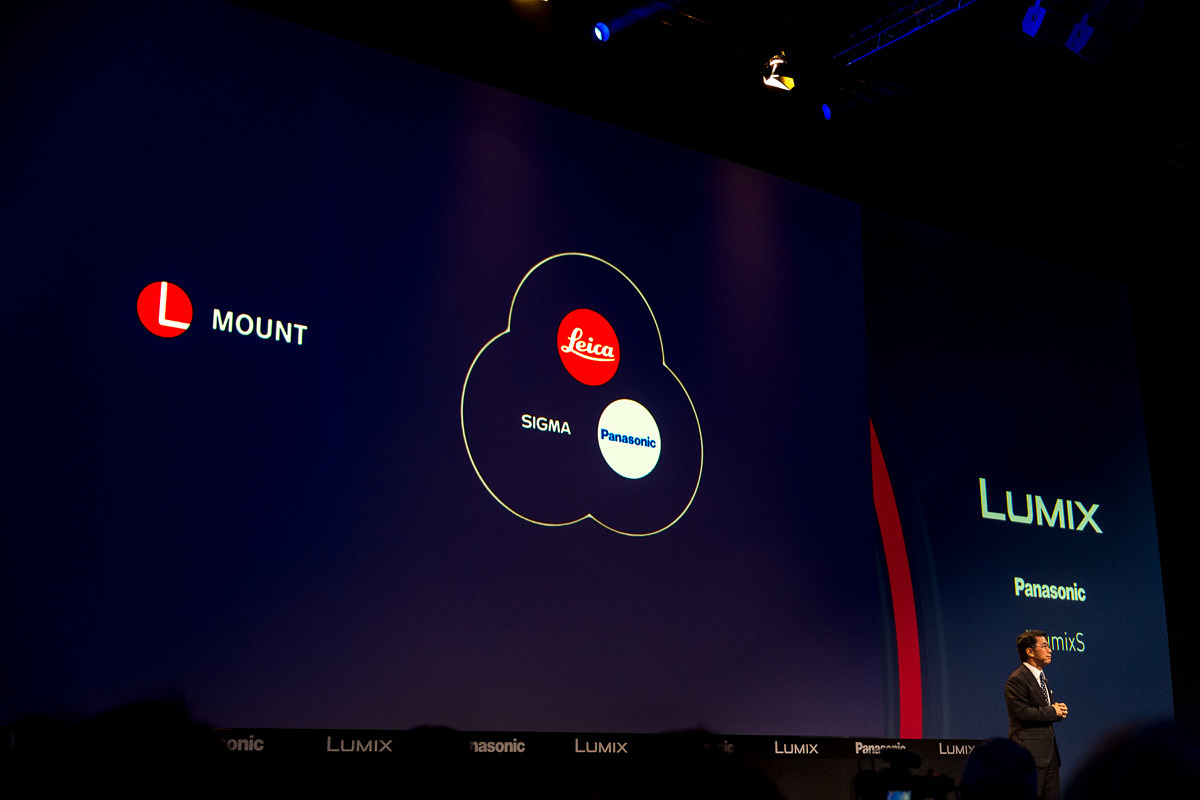
Are you saying that Leica
L-Mount lenses will work better on a Leica SL body rather than, say a Panasonic
S1 body?
Yes, performance might
still be best with a Leica camera body. But it is up to the customer to decide
what is best for him or her.
Now we have products at
all price points and performance levels. If someone wants a Panasonic, they can
get a Panasonic. If they want to use a Sigma lens on their Leica, they could.
This is about customer choice and having an open standard. Like Android in the
phone world, although this isn’t the perfect analogy as Android is a bit sloppy
– many different variants, each slightly different. The L-mount alliance
outlines technical criteria very specifically and the partners meet every six
months to redefine any changes.
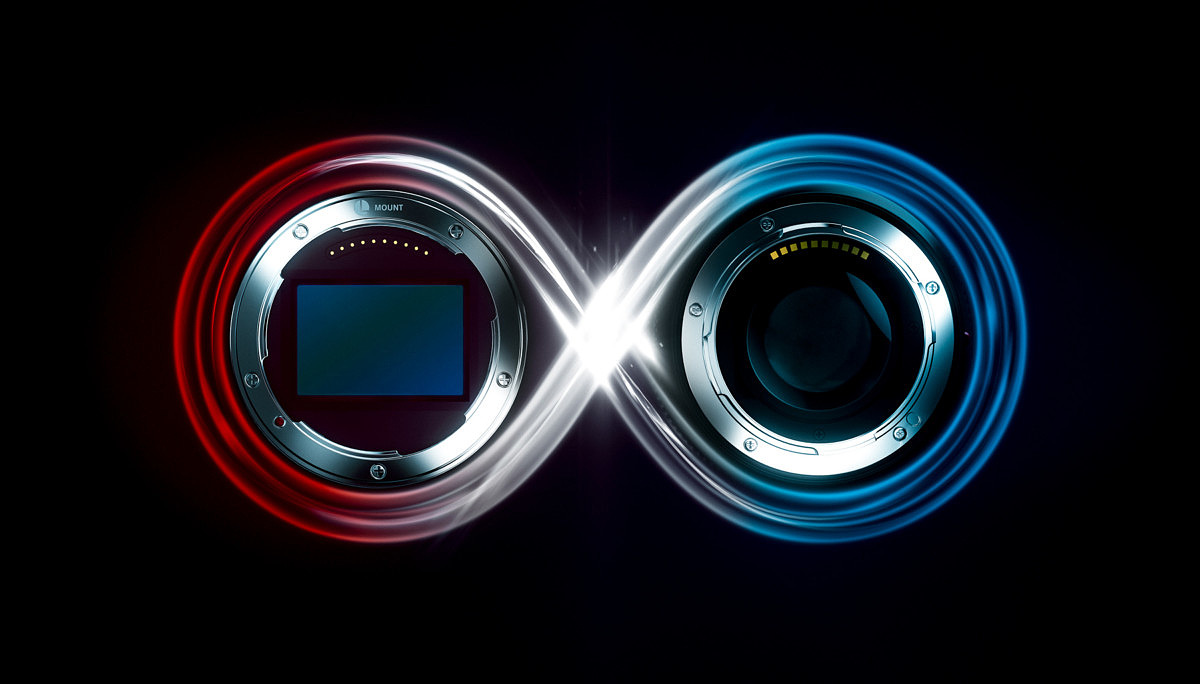
Do you think that the
L-Mount Alliance sets up Leica as a technology leader, rather than a follower?
Leica is already a
technology innovator. We created the first APS-C sensor compact camera with the
X1 and the first large sensor camera with a DSLR sized body with the S2. Both
in 2009. We created our first mirrorless with the T in 2014. Then in 2015 we
introduced the SL, which is really, in my opinion, the first professional
mirrorless camera on the market. We can see that only recently, companies like
Nikon are doing the same. Sure, you can say that Sony was doing this as well,
but the A7 wasn’t really designed as a professional camera system.
Not bad for a small
company.
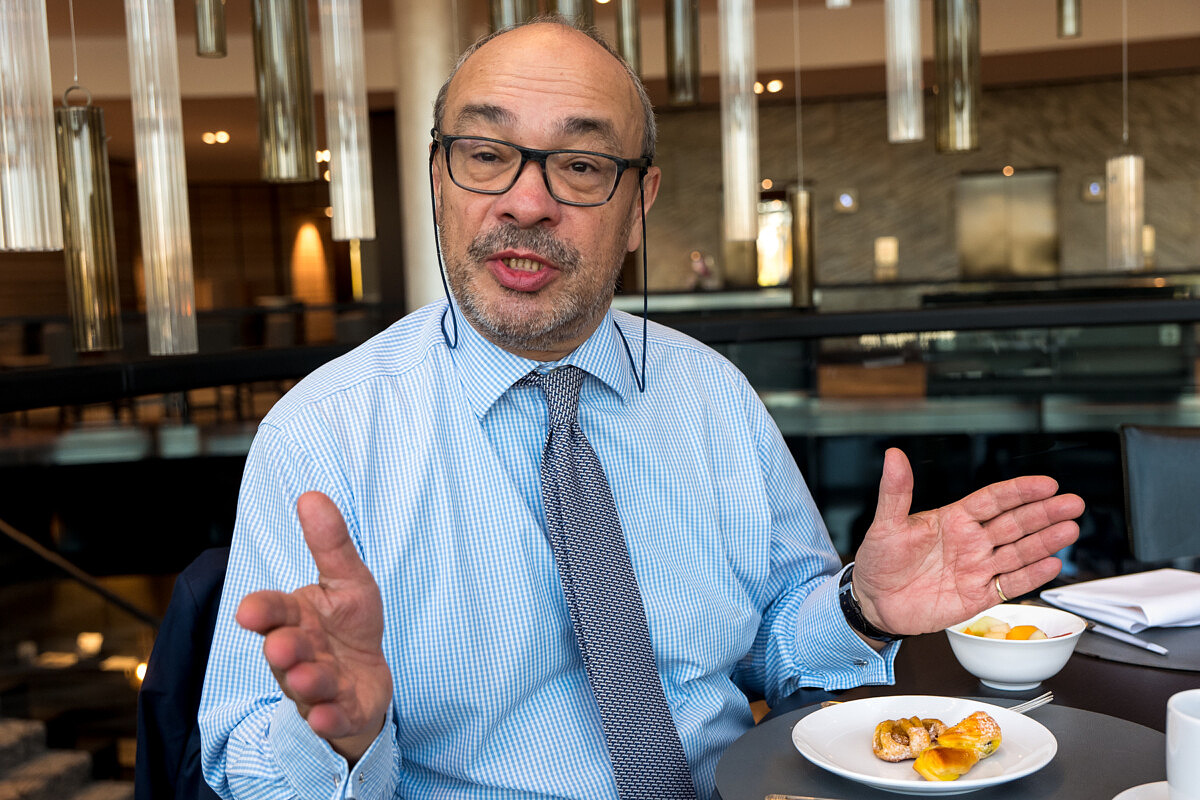
We even did the X-U, which
is the first APS-C compact and dedicated underwater and adventure camera. This
was a really good idea, but we didn’t do as much as we could on the marketing
side to communicate it. This was never intended to be a huge seller, as we only
sold 2500 cameras.
But the Q was wildly
popular, no?
Yes. The Q paved the way
for the SL. We needed to develop the technology for the Q first. And funny
story, we only planned to sell 7500. We sold ten times that. The Q has been an
incredible success for us.
Leica has just announced
the S3 at Photokina. It seems that much of the market is going mirrorless, even
in medium format. Is Leica considering a mirrorless S in the near future?
We will have a mirrored,
DSLR-style S camera for at least the next 3-5 years. After that, we’ll see. The
optical viewfinder has a 3D quality that an EVF lacks.
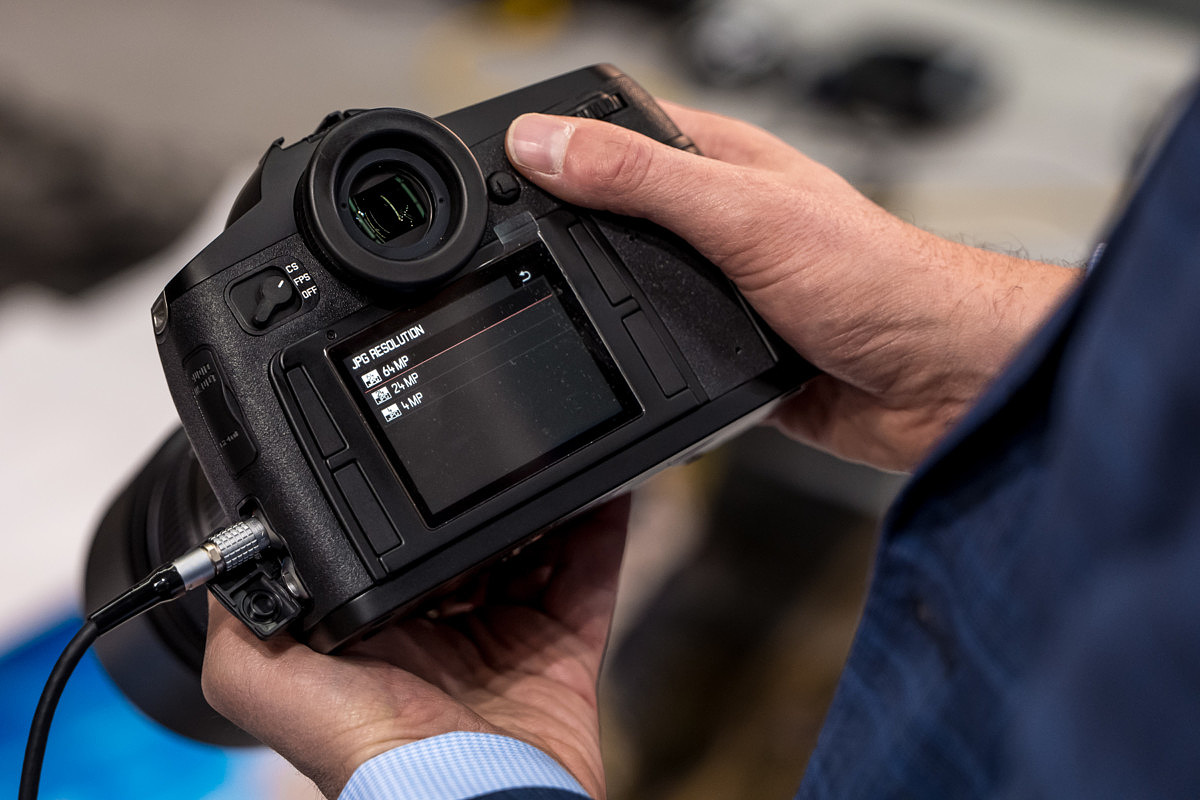
So, that sounds like a
‘yes’ on mirrorless S cameras in the future?
Internally, let’s say that
we are split into two camps. We will keep an eye on mirrorless technology and
will only move in this direction if, and when, it makes sense for the product.
The S is our highest level camera system. The top quality. So, we will not
compromise.
With the increase in
resolution to 64MP on the S3, are the S lenses up to the task?
The S lenses have reserve,
up to 80 or 100 MP, I believe. So, we still have room to go. From the
beginning, they were designed with higher resolution in mind.
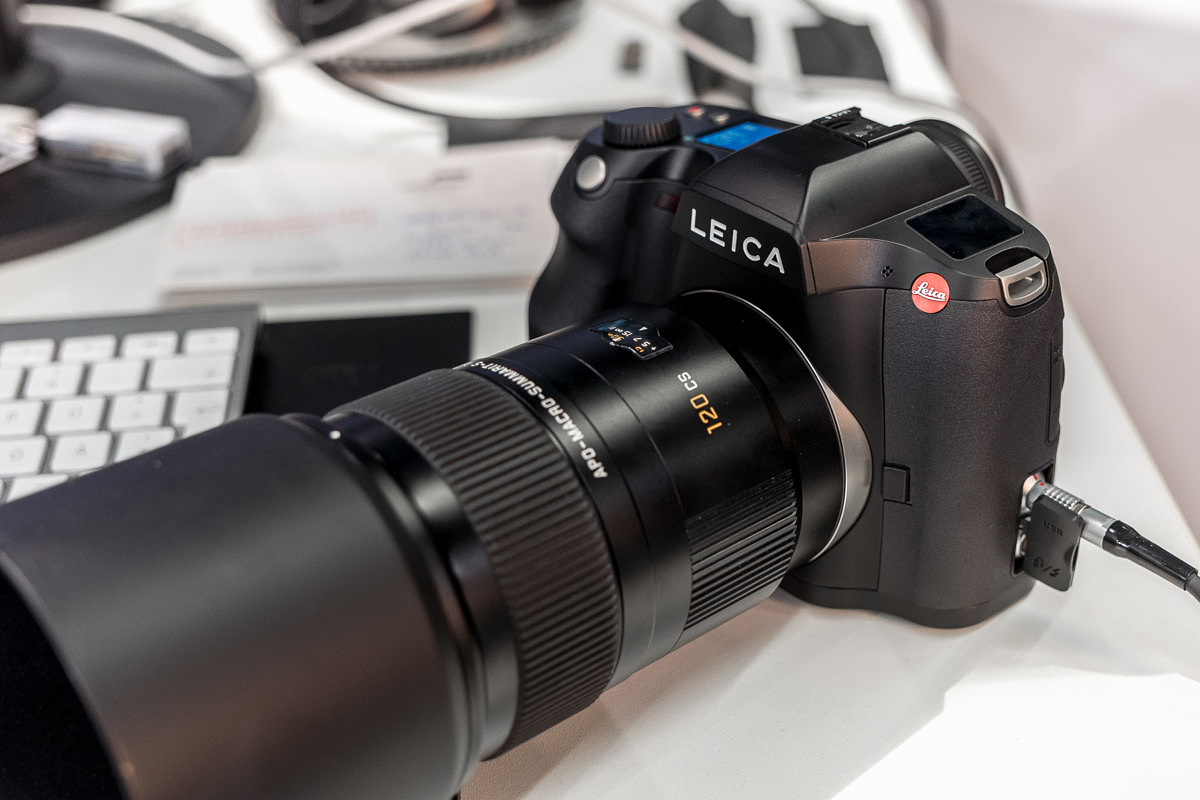
And the SL lenses? What
about future camera bodies with higher resolution sensors?
The SL lenses could
probably go to 60 or 80 MP. Again, same thinking from the beginning. Other
companies will not have the lenses to resolve this level of detail. This is an
area where our expertise in optical engineering really gives us an edge.
The APO-Summicron-SL range
is growing, now with the addition of the 35mm, but roll-out seems to be a bit
slow.
These new lenses are very
difficult to manufacture on a production scale. The new APO-Summicron lenses
are really pushing the limits of performance, with quite exacting tolerances.
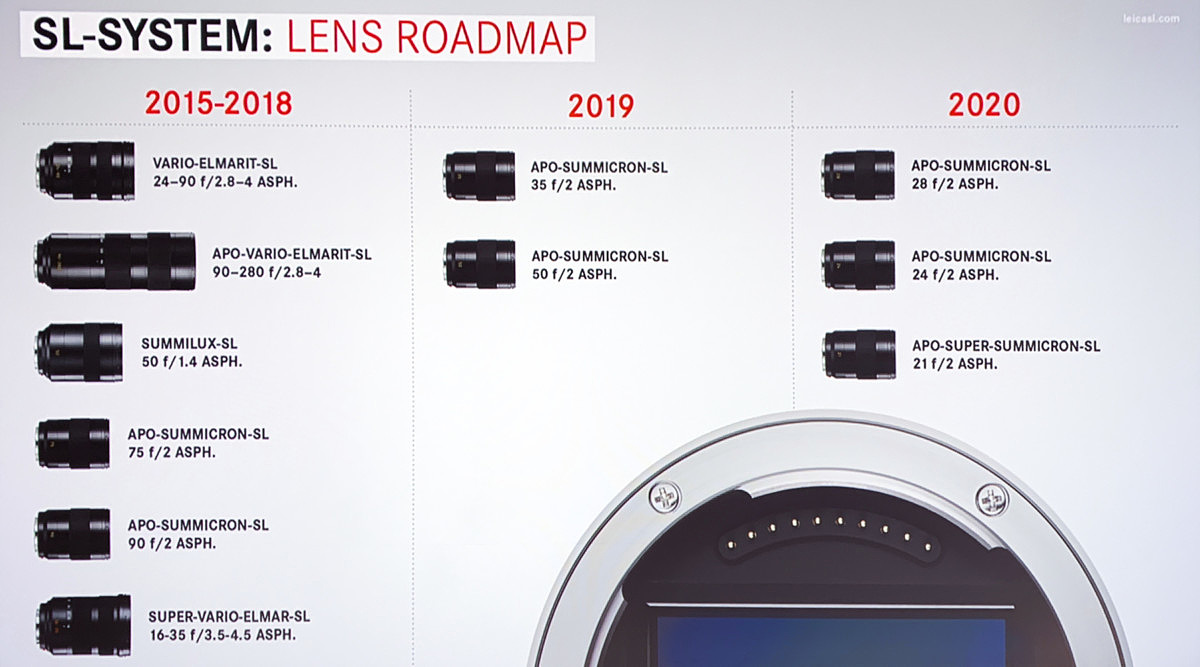
So, they’re difficult to
manufacture?
Sure, with prototypes
anything is possible. A design is good until we try to produce it, then we hit
obstacles. For example, the 75 Noctilux for M had to be redesigned three times
during the industrialization process. The 90 SL had to be redesigned twice. And
we are still facing small challenges. But, we will continue to address these.
And in the end, the final product will be worth it.
What about your supply
chain? Does that ever cause delays?
Supply is always an issue.
We are the last European camera company left. Getting components which allow us
to manufacture at the high level of tolerances we require remains a challenge.
Any thoughts on future SL
development?
The SL is our technology
platform. This is where we innovate and where we will continue to see
innovation. Perhaps a future SL might incorporate design from the M10 and move
in this direction. You can already see this influence on the CL.
A lot of people think the
SL is too big, especially with the zooms. Any thoughts to address this?
The 24-90 zoom is quite
big, yes, but offers really excellent performance. Going from 28 to 24 at the
wide end made it much bigger, but we think it was worth it. For me, I’d like to
see the Tri-Elmar reintroduced so it can be used on the SL. We saw already how
useful 28/35/50 can be on the Q. This covers most of the range. Beyond that we
can handle separately. The SL Summicrons will help as well in terms of lens
size.
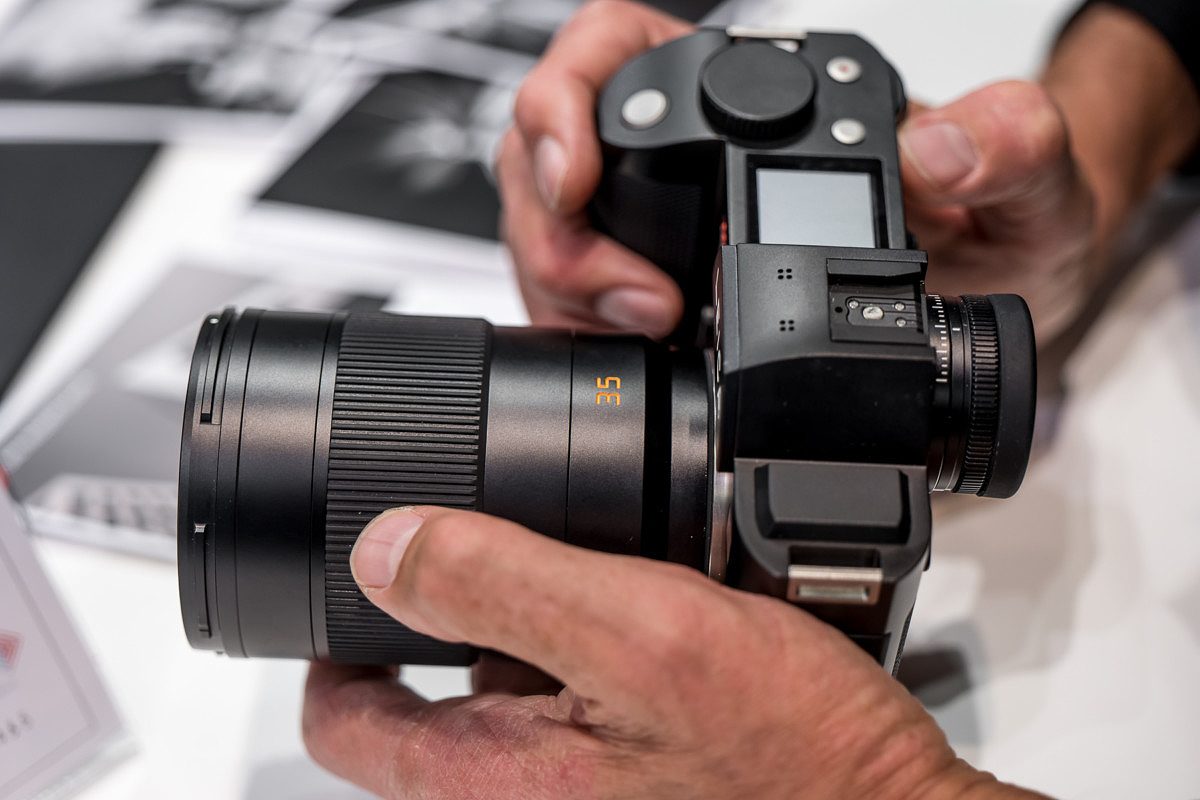
We also have the mirrorless
CL. The CL is perfect for just throwing in your bag for a quick trip. It’s so
compact and lightweight, but the performance is still real Leica quality. The
TL lenses offer a great look, and of course, you can also use M or SL lenses.
What do you think about
video? You’ve got quite a lot of brand recognition in the professional market
due to the Leitz Cine lenses. The SL is quite capable for 4K video already, but
have you given thought to moving further in that direction?
For Leica, we are
primarily focused on still photography, but video is very important. You can
see that Panasonic has committed to 8K by the 2020 Olympics, but is this really
necessary? You can’t easily process this, or broadcast in this format. Many
outlets are still using HD, not even 4K. The bandwidth requirements for 4K are
still very high. So, maybe 8K is a bit premature.
Of course, Leitz Cine
Wetzlar, formerly CW Sonderoptic, has been very successful. So, in this way, we
are in the high-end video production market already.
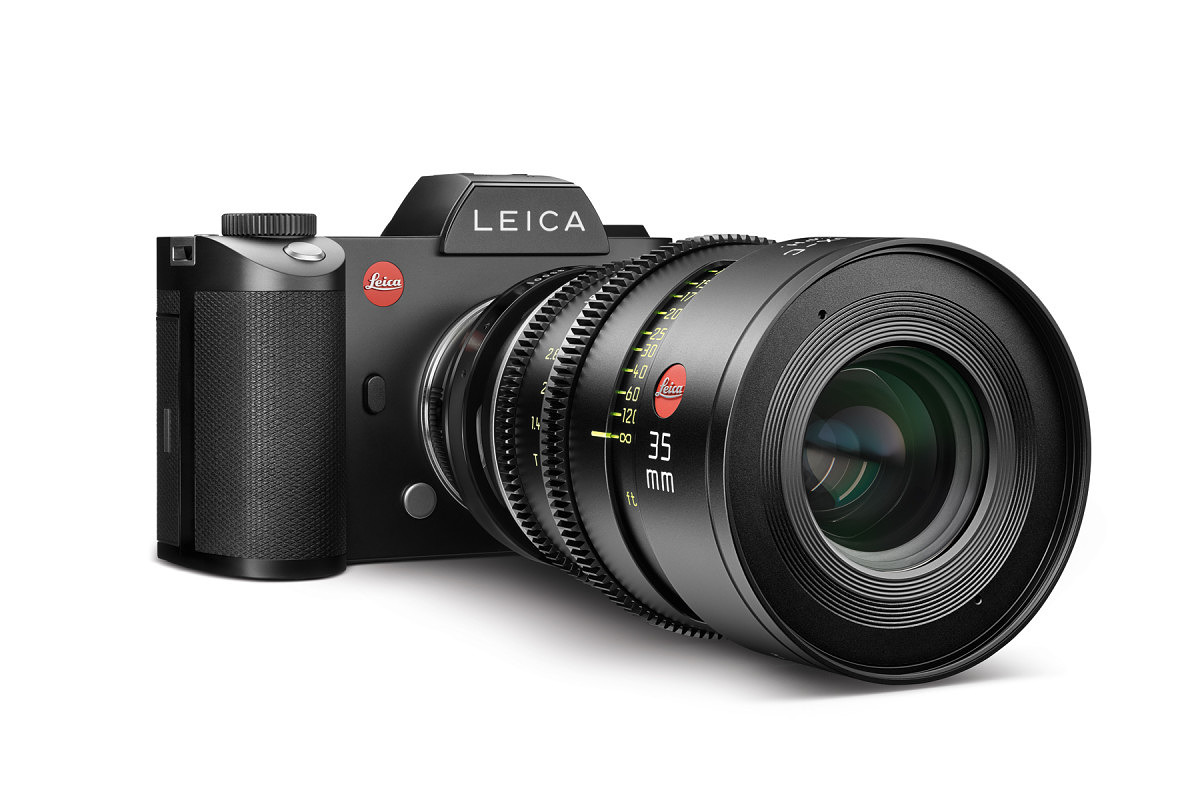
And what about in the rest
of the lineup? The M240 introduced video, but it was removed from the M10. Did
customers just really not want the option for video on an M camera?
Video was actually not
possible on the M10. Reducing the camera thickness by 3-4 mm posed incredible
challenges with heat management. So, we omitted it. Perhaps we might see video
capabilities in a future M camera.
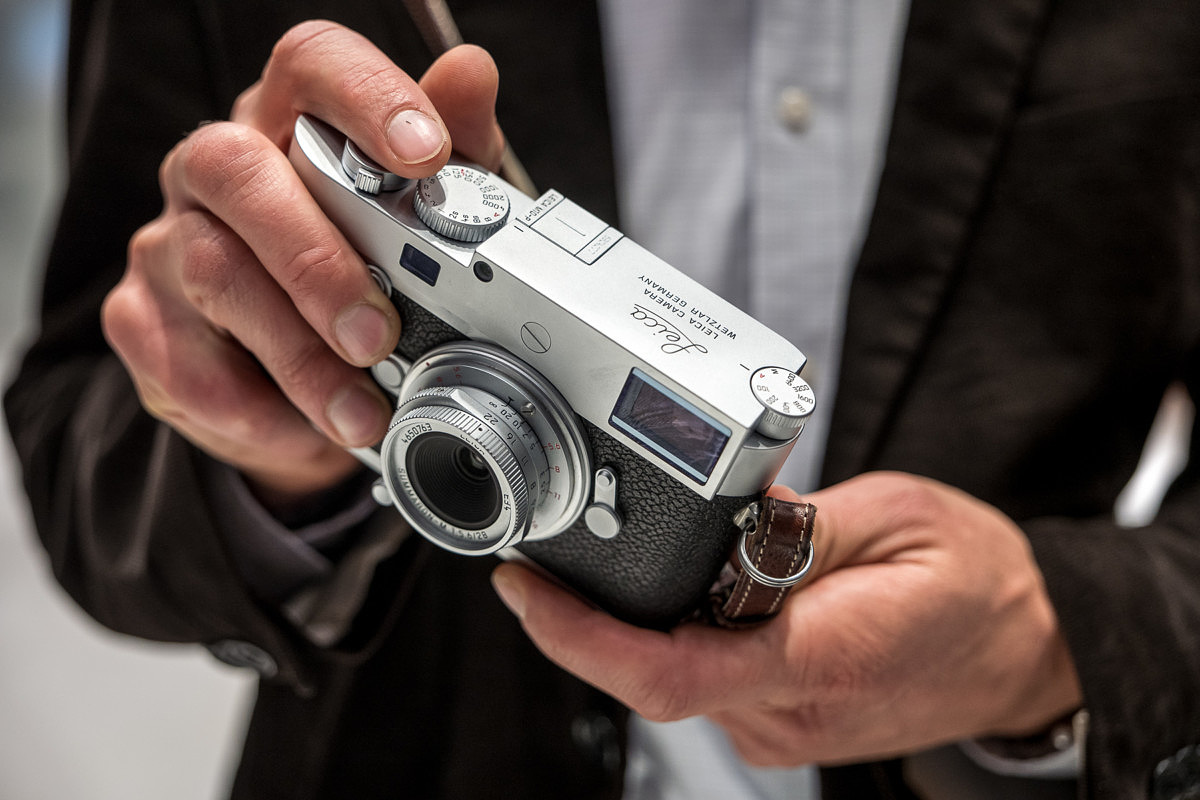
Any other thoughts on M
photography? Now that the M10 delivers that pure M experience in digital, where
can it go from here?
The challenge with M and
people my age is not one of focusing, but one of seeing a small rectangle. This
is why so many use M lenses on the SL, so they can focus on the large, bright
EVF. Maybe this gives an idea of what might be done in a future M.
The M10 ‘Edition Zagato’
was the first special edition we’ve seen of the M10. The camera is stunning. Do
you have plans to work with Zagato for some other special edition cameras?
Yes, it’s very beautiful,
but unfortunately I don’t have a Zagato M10 myself. They all went to customers.
Customers come first. Yes, we will plan to do more projects with Andrea in the
future. Zagato is the last independent design house in Italy. I really enjoy
the process of working together.
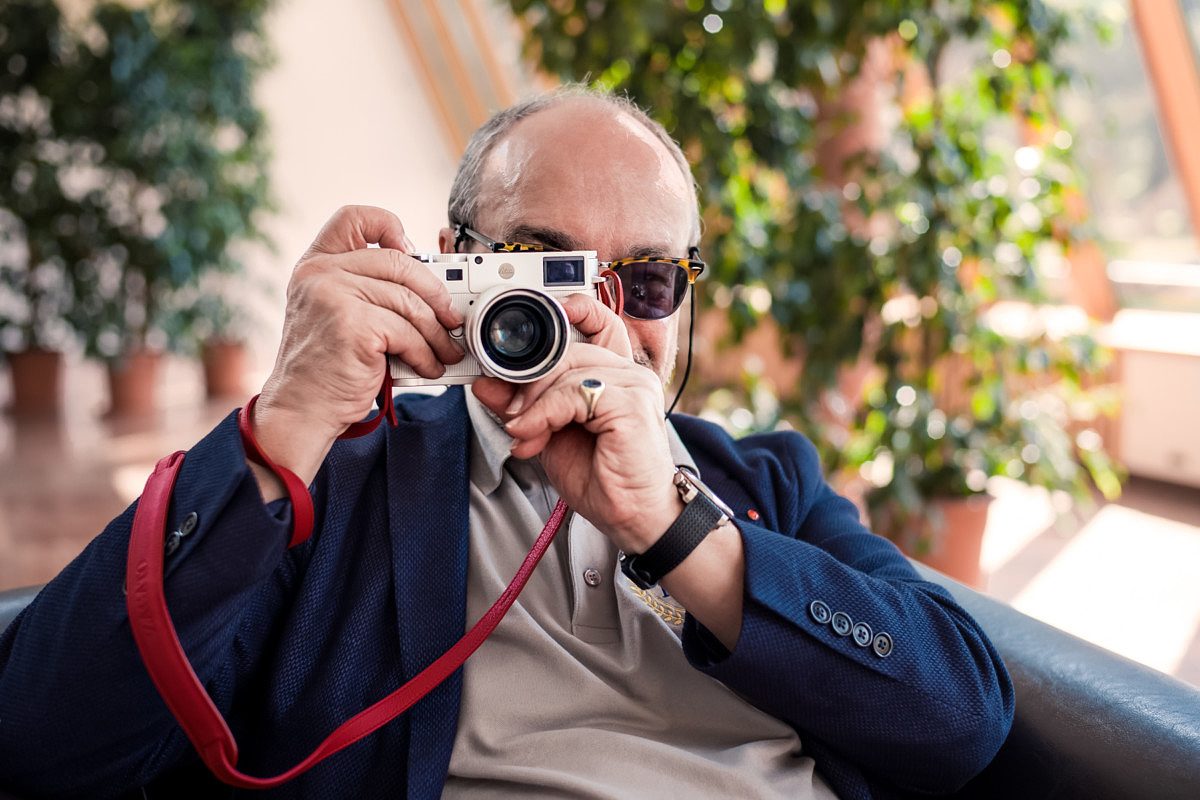
I’ve noticed a big push in
the market for more and more megapixels. How will Leica respond to this trend,
after settling in for a good number of years on 24MP for the M and 37.5 MP for
the S?
The camera industry is
currently in another stage of the megapixel race. We don’t think this is really
necessary for optimal image quality, but this is the direction that the market
is headed. Will we make cameras with higher resolution? You can already see
this with the Leica S3. Already, the S with 37.5 MP is quite good. But, the market
demands more than 40 megapixels, so we offer this. For other systems, we’ll
just have to see.
Ultimately, we have to
have confidence in what we create, in that it is the best way to do it. And not
just be steered by marketing. Too many companies do what they think is good for
marketing alone. We try to take a longer view.
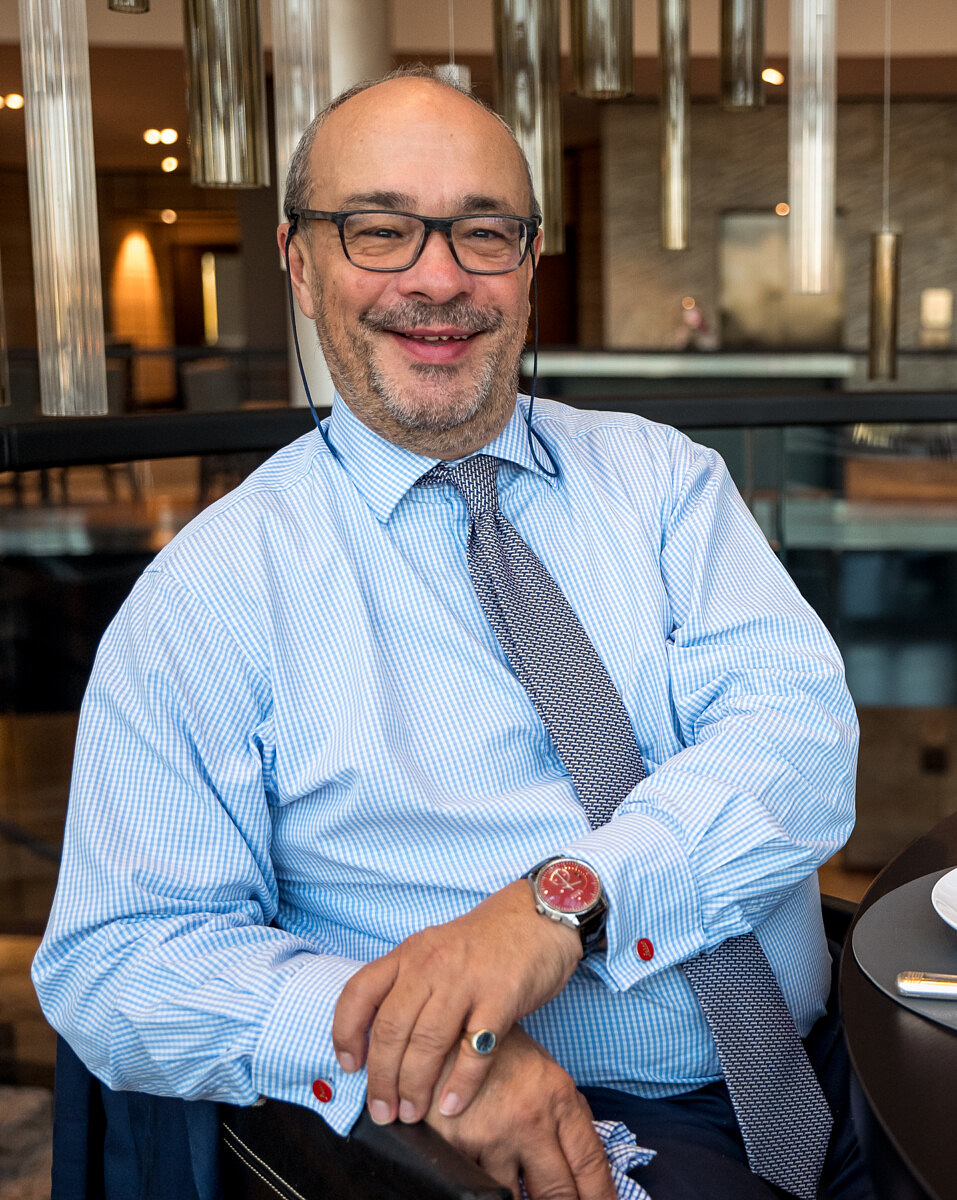
If future Leica cameras do
offer higher resolution sensors, will the Maestro processing architecture give
the headroom to deliver similar performance?
We’re focused on many
things simultaneously: sensor technology, processing technology, optical
technology. All are important to our current and future products. Many people
don’t realize how complicated some of this is. For example, the Maestro II chip
has 6,000 pages of technical documentation. A lot of people think you can use
any processor, but keep in mind that a laptop has a big battery and a lot of
cooling. The camera is very small, with a small battery and no fan. We need
processors that can work with our sensor data quickly while using very little
battery power and without generating too much heat. That is what we have with
Maestro. And within the Maestro family, we could see more powerful chips in
future generations. Just as we did from the original Maestro in the S2 to the
current Maestro II.
Any final thoughts?
Can’t complain with
business. We are making money and continue to make the products which we
believe in. Things are good at Leica.
—–
For other articles on this blog please click on Blog Archive in the column to the right
_____________________________________________________________________
_____________________________________________________________________
 Buy vintage Leica cameras from
America's premier Leica specialist
Buy vintage Leica cameras from
America's premier Leica specialist
http://www.tamarkinauctions.com/ http://www.tamarkin.com/leicagallery/upcoming-show

Buy vintage Leica cameras from
America's premier Leica specialist
http://www.tamarkinauctions.com/ http://www.tamarkin.com/leicagallery/upcoming-show
Click on image to enlarge
Order: info@gmpphoto.com
Please make payment via PayPal to GMP Photography
Click on image to enlarge
Order: info@gmpphoto.com
Click on image to enlarge
Order: info@gmpphoto.com
Click on image to enlarge
Order: info@gmpphoto.com
Please make payment via PayPal to GMP Photography
Click on image to enlarge
Order: info@gmpphoto.com
Please make payment via PayPal to GMP Photography
Click on image to enlarge
Order: info@gmpphoto.com
Please make payment via PayPal to GMP Photography












No comments:
Post a Comment